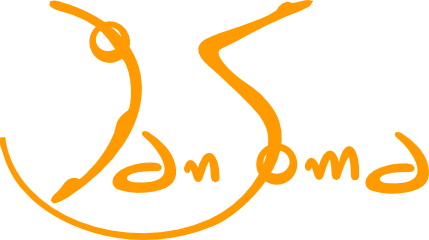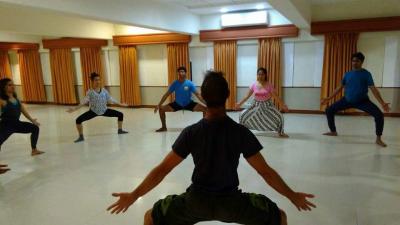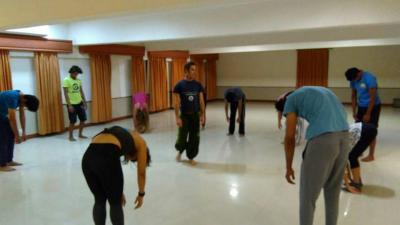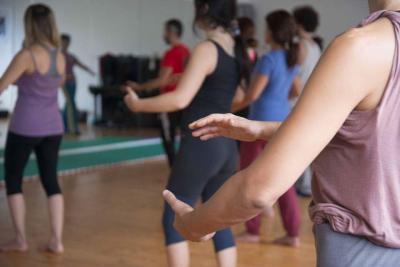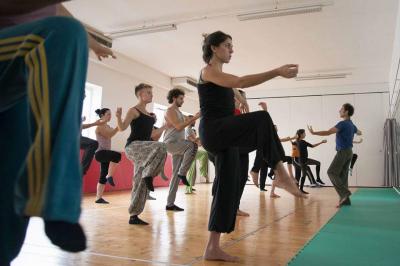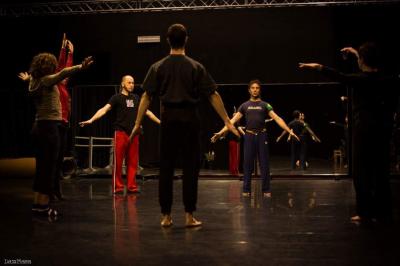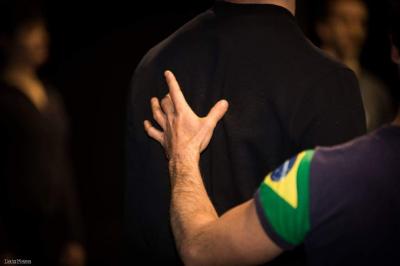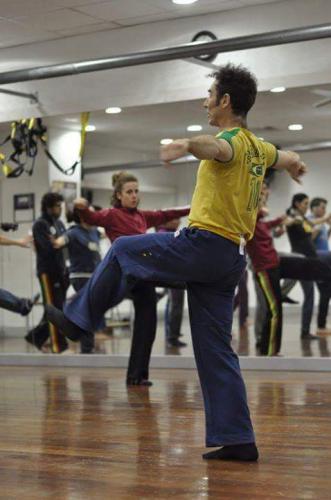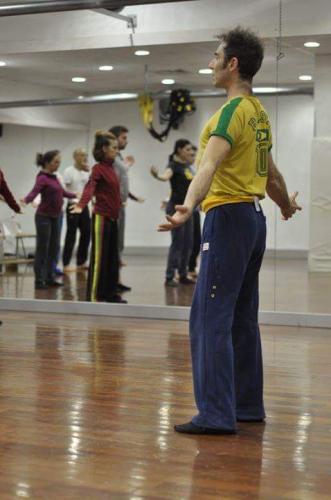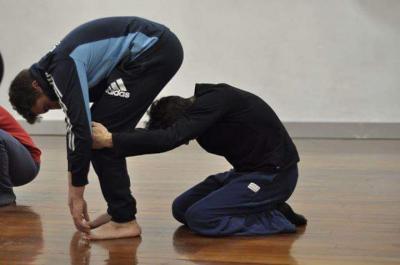DanSoma - Postural Training for Wellbeing and Movement Quality
DanSoma is a psychophysical training, based on postural stretching and education to coherent movement, which has the rare and precious characteristic of improving at the same time both the wellbeing and the performative quality of the practitioner and represents a personal research on the application of the theoretical and practical principles that characterize the Biotransazionale approach(*) as a rehabilitation method.
History of DanSoma
DanSarT is the result of a 15 years theoretical-experiential research in which Daniele Sardella, who in the 2003 got in contact as a patient with the Biotransazionale healing practice to treat some physical traumas, understands the efficiency of the theoretical-practical principles of the Biotransazionale approach also as a personal training for his work as a performer and so embraces it as the only training. He noted immediately the great benefits in terms of increasing the performative possibilities and quality and at the same time continuing to perceive a constant improvement of his psycho-physical wellbeing, which still continues.
The first concrete result of the application of this training was the study of Handstand (balance on the hands) in an original way that makes simple the achieving of the body axis in the upside-down position and therefore encourages the research of the balance in that situation with the minimum effort..!
This vision considers the handstand as a dynamic possibility within the movement research and not as the only static objective and has brought after a few years (2012) to integrate this research with the study of the movement in which reversing the weight on the hands increases the spectrum of the possibilities of reaction of the movement to the direction existing in space and thus makes it at the same time more acrobatic, more fluid and more efficient.
The logic of this approach is being applied also to the study of fluid acrobatic movement and Acrobatic Contact Improvisation.
Currently, this exploration continues to represent at the moment the most passionate and fruitful research of Daniele.
(*) The Biotransazionale approach derives from a theoretical model developed by G.F. Brunelli, a Western doctor, in the Sixties. This model describes the working logic of the living being and treats the individual as an integrated complex system of messages, connecting physical, biological and chemical phenomena with psychodynamic ones. The body therefore doesn't have an intelligence but is an intelligence and the joint movement is conceived as the main factor for maintaining the balance that ensures wellbeing.
The Biotransazionale approach gives rise to specific methods of intervention aimed at the individual well-being including a rehabilitation practice that is based on exercises of postural stretching that, tending to recover the articular potential of the person, increase its adaptive capacity and thus its wellbeing.
These exercises utilize in a functional way breathing techniques and joint directions that make the transmission of the signal and the stretching more efficient at a global level. They go together with the study of the coherent movement that uses a simplified form of Tai-chi and has the function of redistributing tensions globally and allowing the body to regain a new equilibrium.
Being such a therapeutic approach based on the release of non-functional tensions (which causes an increase in joint availability and the restoration of connections between the parts), the recovery of symmetry and the study of the coherent movement, it has an extraordinary efficiency as a psycho-physical training for the performer and for the sportsman as well as an instrument of growth and personal evolution.



